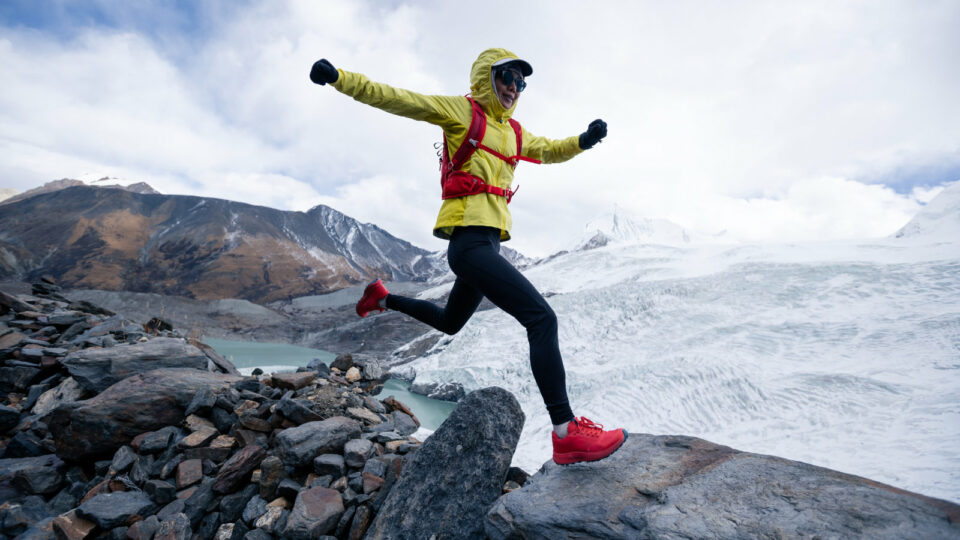This article introduces you to four of the most popular types of running enjoyed by athletes around the globe.
We hope that the following information helps you dig deeper into the ones that sound most interesting to you and if you decide to audition all four, you are bound to find a favourite you might not have thought about trying before.
1. Mountain Running

This worldwide sport debuted in 1984 and by the following year, more than 30 countries had adopted this discipline. Obviously, terrain is the distinguishing factor in this race type since it requires a specific range of mountain access in order to stage and compete in this category of race.
Benefits: Contact with nature and especially magnificent vistas can be inspiring and motivating and since your competitors are running under the same daunting circumstances, this evens the “playing field” uniformly.
Pros: Mountain air is clean and pure, so runners avoid breathing in urban toxins. For runners who find no challenge in flat surfaces, this environment offers an opportunity to prove what you’re capable of doing.
Cons: Soft and uneven surfaces remain a constant disadvantage. You must travel a distance to reach your running destination. Being away from civilization comes with its own set of problems if you’re injured.
Authority: World Mountain Running Association
2. Fell Running
Fell running’s origins are found in Britain where running and racing off road and encountering gradients during the run are the foundations of this running type. It’s not about speed, but it does demand two checkpoints to be considered authentic.
Benefits: Routes are controlled, and paths are clearly marked and easy to follow.
Pros: By mastering foot placement, muscle strains are reduced. With persistence, improvements are fast. You will become a master navigator.
Cons: Negotiating descents, especially steep slopes, can be unnerving. Requires a low-heel shoe able to overcome wet surfaces to stay safe.
Authority: Fell Runners Association holds races almost every weekend in UK.
3. Cross Country
According to the Encyclopedia of Sports, cross country is a type of running sport that invites individuals and/or teams to competitively race over natural terrain that can bring athletes into contact with gravel road, flat terrain, grass, woodlands and other surfaces.
Benefits: This is an ultra-effective and very convenient way to stay in shape and all a runner needs to participate in formal events is a pair of shoes. Health and mental benefits are outstanding, particularly when it comes to blood circulation that improves as a result of your heart working harder.
Pros: In addition to being a very “social” type of running discipline, endorphins released during cross country runs can negate depression and stress, boost confidence and reduce one’s risk of stroke, diabetes and other illnesses.
Cons: Long distance running can put weight-bearing joints at risk, according to the American College of Sports Medicine. For runners already suffering from joint damage, cross country is rarely recommended by physicians.
Authority: World Athletics
4. Trail Running

Running shoe manufacturer Salomon offers a unique definition of trail running: rather than focusing on trail surfaces, experts call this running type “a run at the heart of nature.” Trail runners alternate walking and running; some use poles to increase steadiness. Varied terrain requires vigilance and concentration. If you’re not competing, trail runners assume their own pace.
Benefits: This all-around, non-stadia sport not only conditions legs but the upper body as well. Like cross-country, being out in nature offers a healthier running option benefitting both physical and mental health.
Pros: May be kinder to your joints and bones than running on hard surfaces. Move at your own pace. Trail running is a very social experience.
Cons: Injury is more likely for trail runners who tend to be distracted by either nature or technology. Yes, you could get lost if you haven’t marked trails or tote a GPS-enabled device.
Authority: International Trail Running Association
Which Running Discipline To Try?
Which of the aforementioned running types sounds like the one you would like to try? On the other hand, why not enhance your running acumen by trying all four?





